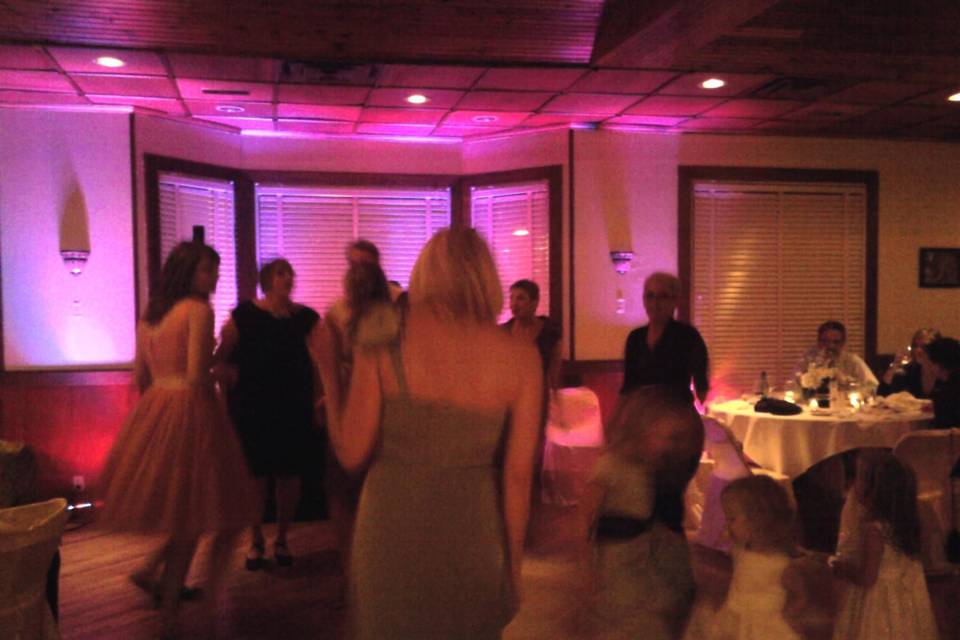Illuminating the Influence of Lighting Methods on the Craft of Video Projections Mapping
Illuminating the Influence of Lighting Methods on the Craft of Video Projections Mapping
Blog Article
Video mapping projection is an exciting creative medium that merges tech and creativity to convert ordinary spaces into extraordinary sight displays. This method involves casting images and footage onto 3D objects, such as structures, sculptures, or platforms. One of the key crucial factors in creating effective projection in the use of effective lighting techniques. Proper illumination enhances the aesthetic elements of the display and ensures that the images are crisp and engaging. This piece explores the influence of lighting methods on video projection and how they can enhance the overall experience.
Lighting plays a vital role in video mapping because it establishes the atmosphere and tone of the display. Different lighting methods can elicit various emotions and reactions from the audience. For example, using soft, warm lights can create a welcoming environment, while vivid, cool illumination may produce a more energetic or dramatic effect. By thoughtfully choosing light colors and intensities, artists can manipulate how audience perceive the projected images, leading to a more engaging encounter. The equilibrium between mapping luminance and ambient light is essential, as it can significantly affect the visibility and effect of the images.
In addition, color and intensity, the direction of light also influences the effectiveness of projection. Lighting from different angles can generate contrast and accents that introduce dimension to the projected images. This technique, known as chiaroscuro, can improve the 3D quality of the subjects being projected. Additionally, using dynamic this hyperlink illumination can introduce energy to the exhibit, making the encounter more engaging for the audience. When the light interacts with the projected visuals, it can create an effect of movement and change, grabbing the audience's attention.
Another important aspect of lighting in projection is the use of special effects. Techniques such as gobo lighting, which uses patterns and shapes to filter light, can add texture and complexity to the projections. This method allows artists to superimpose visuals and produce aesthetically captivating results that enhance the projection. Moreover, adding laser lights or light-emitting diode immersive audio visual experiences illumination can additionally improve the exhibit, providing a distinct blend of visual elements that draw the audience in. These special effects, when used thoughtfully, can elevate the mapping into a basic show to an engaging work of art.
In summary, the influence of illumination methods on video projection is profound. By comprehending how various lighting elements interact with projected images, artists can create captivating encounters that connect with audience. The thoughtful choosing of hue, brightness, direction, and special effects enables for a vivid tapestry of visual storytelling. As technology continues to evolve, the options for creative showcasing in mapping will only expand, making lighting an ever-important component in this innovative art form.